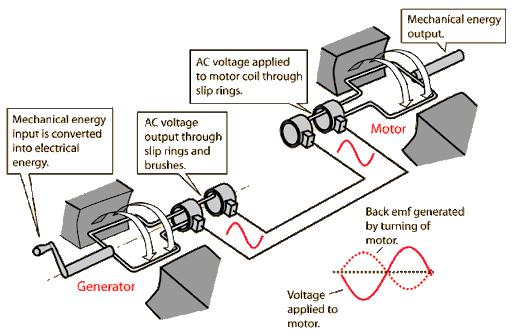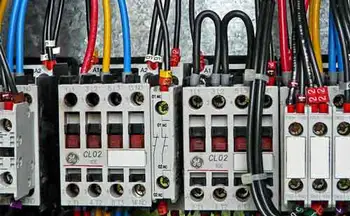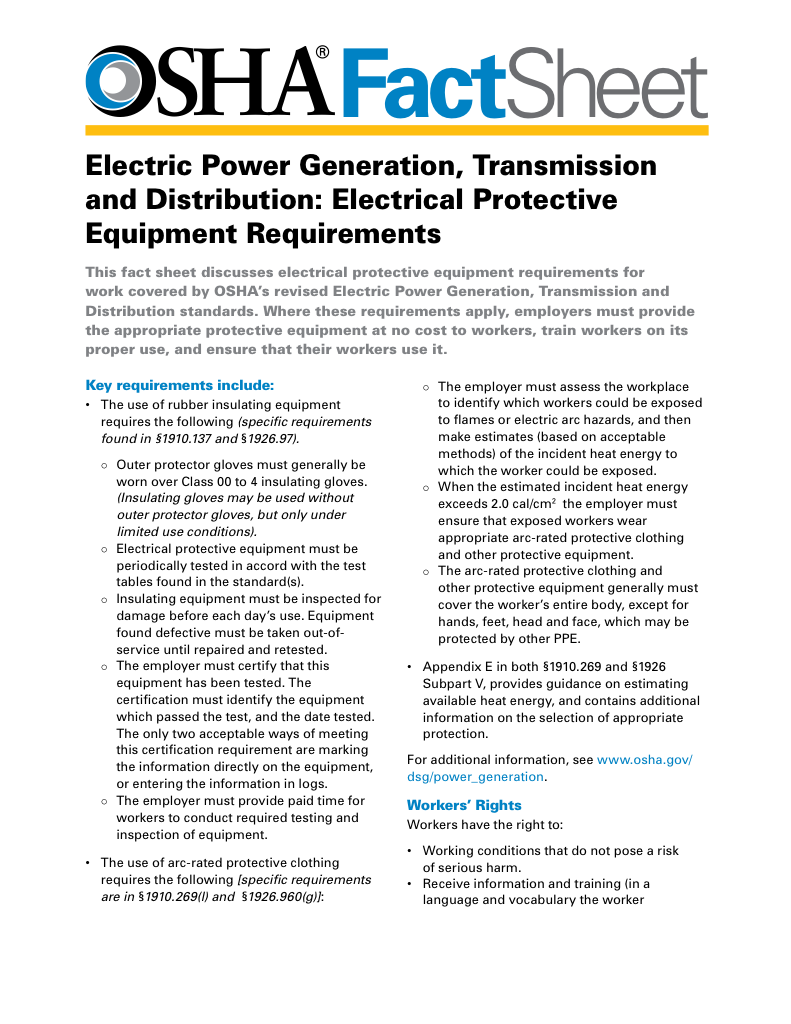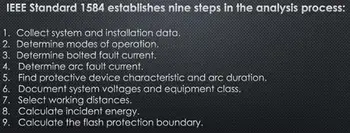Learn How An Electric Motor Transforms Potential Energy Into Mechanical Energy
By Howard Williams, Assocaite Editor

Motor Control Training
Our customized live online or in‑person group training can be delivered to your staff at your location.

- Live Online
- 12 hours Instructor-led
- Group Training Available
Download Our OSHA 3875 Fact Sheet – Electrical PPE for Power Industry Workers

- Follow rules for rubber gloves, arc-rated PPE, and inspection procedures
- Learn employer obligations for testing, certification, and training
- Protect workers from arc flash and electrical shock injuries
An electric motor transforms potential energy into mechanical energy. Via electromagnetic induction, it delivers shaft torque through rotor-stator interaction, optimizing efficiency in AC and DC drives, automation, robotics, and industrial motion control.
How Does an Electric Motor Transform Potential Energy into Mechanical Energy?
It means a motor converts stored energy into shaft work via electromagnetic forces, producing torque and motion.
? Converts stored potential to rotational kinetic energy (electromagnetic)
? Rotor-stator magnetic fields generate torque on the shaft
? Used in AC/DC drives, robotics, CNC, pumps, and fans
An electric motor transforms potential energy into mechanical energy, a process that underpins countless modern technologies and industrial applications. It is similar to how an electric motor transforms electrical energy into mechanical energy. For engineering and maintenance professionals, understanding this transformation is critical to optimizing machinery, ensuring energy efficiency, and maintaining operational reliability. Electric motors power everything from manufacturing equipment to transportation systems, making their proper selection, operation, and upkeep essential for minimizing downtime and reducing costs. By exploring the science behind this energy conversion, professionals can gain insights that enhance performance, improve sustainability, and drive innovation in their respective fields. For a clear primer on core principles and components, this explainer on how electric motors work helps frame the conversion from input power to motion.
Electric Motors and VFD Drives Training
Many teams also clarify terminology early by reviewing what VFD stands for to align maintenance, controls, and procurement discussions.
Request a Free Training Quotation
At the heart of every motor lies electromagnetism, a fundamental force of nature. When a current flows through a conductor, it generates a magnetic field. This field interacts with magnets or other conductors to create motion. The design harnesses this principle to drive rotors, enabling mechanical energy output. The interplay between magnetic fields and currents underlies energy conversion in these devices.
Test Your Knowledge About Motors and Drives!
Think you know Motors and Drives? Take our quick, interactive quiz and test your knowledge in minutes.
- Instantly see your results and score
- Identify strengths and areas for improvement
- Challenge yourself on real-world electrical topics
The transformation of potential energy into kinetic energy is a finely tuned process. A motor begins with an energy input, often supplied by batteries or power grids. This energy generates a magnetic force, which, in turn, causes components such as rotors to rotate. This rotation produces mechanical energy, which powers various devices. The efficiency of this conversion process is a key focus for engineers, as reducing energy loss can enhance performance across applications. Engineers can benchmark designs against accepted metrics by consulting guidance on electric motor efficiency to identify loss mechanisms and opportunities for improvement.
The internal structure reveals its complexity and ingenuity. Components such as the rotor, stator, coils, and commutators work together seamlessly. The rotor, typically made of metal or composite materials, rotates within the stator, which houses the coils. These coils carry the current that produces the magnetic field. In direct current motors, the commutator switches the current direction, ensuring smooth, continuous rotation. Each part is essential for functionality, reflecting a careful balance of design and materials. These hardware fundamentals underpin strategies in electric motor control that govern torque, speed, and dynamic response.
Motors are omnipresent in today’s world, powering devices in industries, transportation, and everyday life. From the precision of robotic arms on assembly lines to the quiet efficiency of EVs, these are indispensable. They also find applications in home appliances like washing machines, refrigerators, and fans, where their energy efficiency and reliability enhance daily convenience. By transforming potential energy into mechanical energy, they enable innovations that define modern living. In many of these applications, performance and energy savings are improved with a variable frequency drive that modulates motor speed to match real-time demand.
The diversity of motors highlights their adaptability. Alternating current (AC), direct current (DC), and step motors are among the most common types. AC ones are widely used in large-scale industrial applications due to their robustness and efficiency. DC ones, on the other hand, excel in scenarios requiring precise speed control, such as in EVs. Stepper motors, with their ability to control incremental movements, are critical in robotics and automated systems. This variety allows engineers to choose the right motor for specific tasks, optimizing performance and cost-effectiveness. Within AC families, the widely used induction design is summarized here in an overview of induction motors that covers operation, benefits, and common use cases.
Motors continue to evolve, driven by advancements in materials science, electronics, and energy management. Innovations such as brushless motors and superconducting materials are setting new benchmarks for efficiency and power density. Meanwhile, researchers are exploring novel applications, from powering drones to driving renewable energy technologies like wind turbines. These developments promise to expand the role of motors in shaping a sustainable future. Complementing these advances are modern frequency converters that enhance grid compatibility and precision control in high-performance systems.
An electric motor transforms potential energy into mechanical energy through a remarkable interplay of science and engineering. By leveraging electromagnetism, optimizing energy conversion, and refining components, these devices power countless applications that define modern life. As technology advances, they will undoubtedly continue to play a pivotal role in driving innovation and progress.
Related Articles








